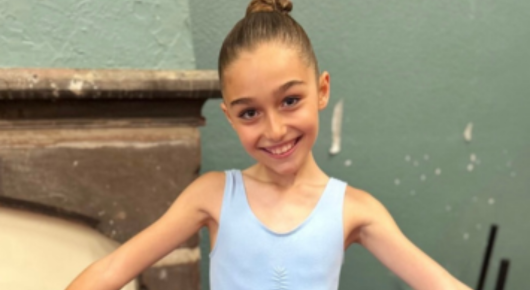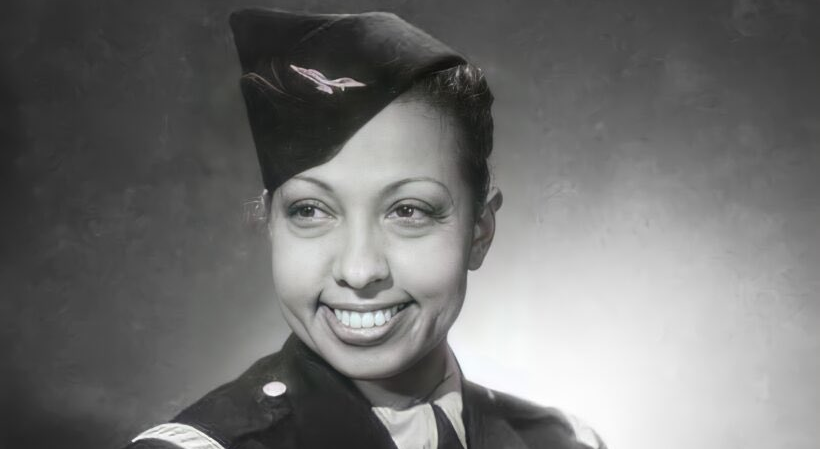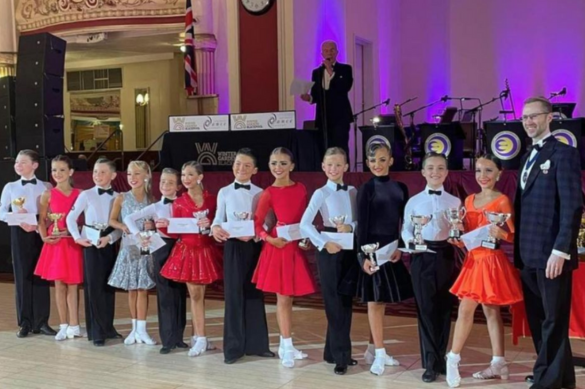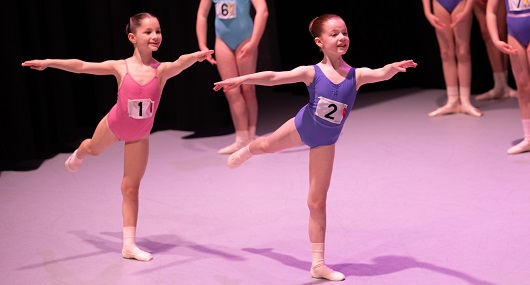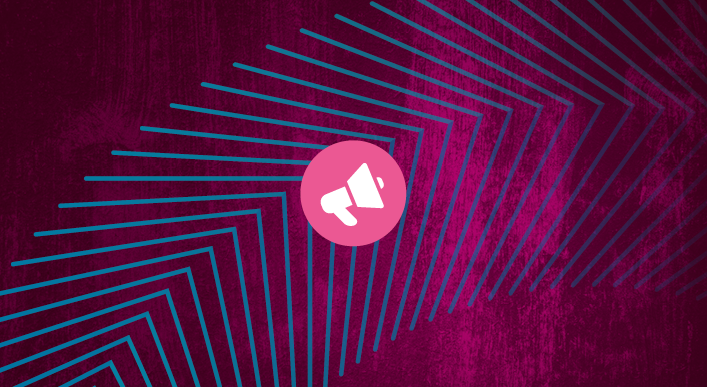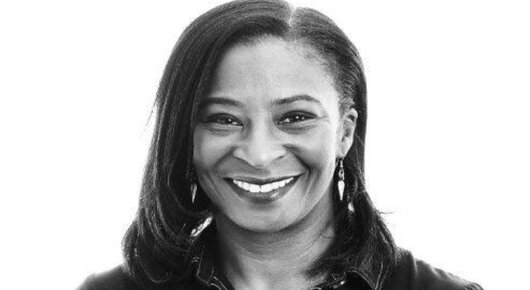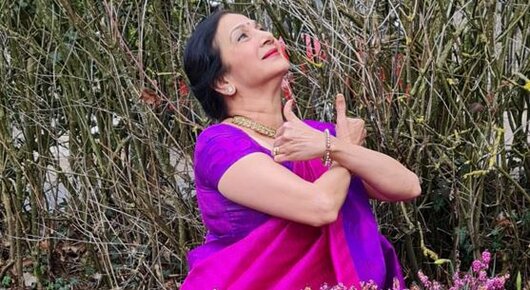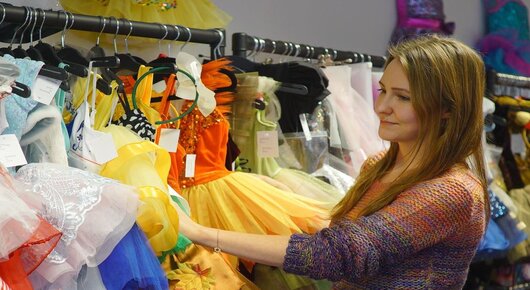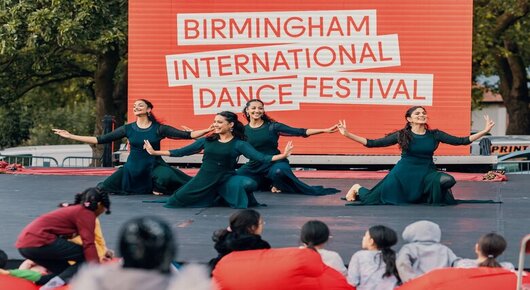5 May 2022
For Deaf Awareness Week we take a look back at professional dancer, choreographer, and ISTD Patron Mark Smith’s interview from Issue #493 of Dance Magazine to learn all about why he created Deaf Men Dancing and how he got his start as a dancer.
Mark Smith is a dance teacher, workshop leader, movement director and choreographer. He is the Founder and Artistic Director of Deaf Men Dancing (DMD). We caught up with Mark over Google Meet, where he takes advantage of the software’s free function to turn on captions to view subtitles during a video call. 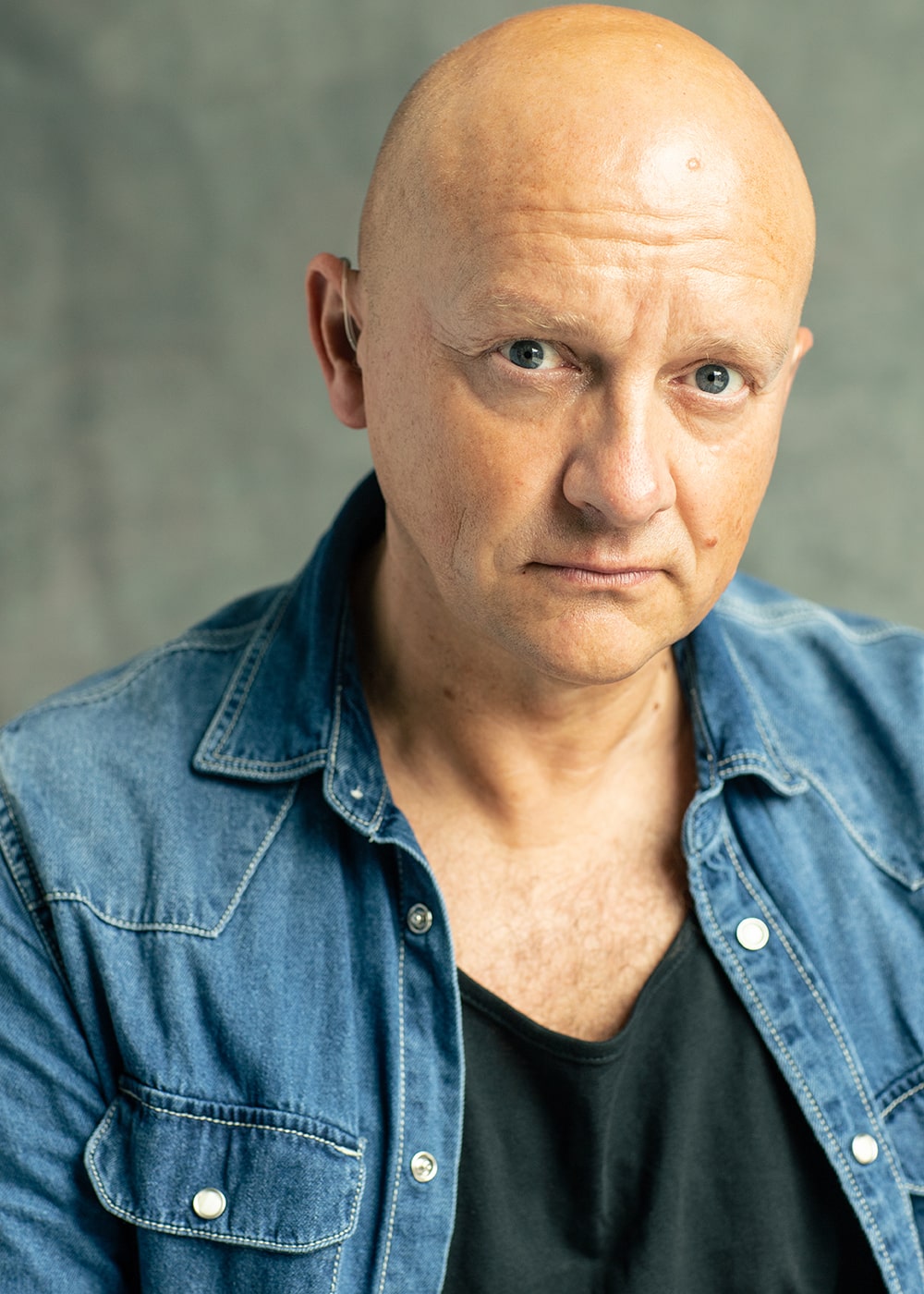
Mark knew there were deaf dancers all over the UK, but he had no idea who they were, or where to find them. Born out of a desire to bring deaf dancers together, Deaf Men Dancing was founded by Mark in 2010 and is the UK’s first collaboration of professional male dancers who are deaf.
A performance project rooted in community and partnership, Deaf Men Dancing often incorporates sign-language into their choreography and have developed a blend of dance styles to create their one-of-a-kind aesthetic.
It was through workshopping their unique blend of styles over the course of a week that proved the concept worked, and the group have since performed all around the UK and internationally at renowned venues including Sadler’s Wells, Dance East, and The Clin De'Oeil Deaf Arts Festival in France.
Credit: Paul Nicholas Dyke
Dance and Deafness
I’m profoundly deaf in both ears. My mum caught Rubella and I was born deaf. There is no genetic deafness in the family. I communicate through lipreading and lipspeaking, and I also use SSE (Sign Supported English). I was late diagnosed as deaf. [...] When I had reached around three years old, my mum was not happy, so she took me to a well-known hospital in London that specialises in hearing where I had a full test and they confirmed that I was deaf. That was when I started wearing a hearing aid, which was a box with straps, and attached to my ears. From then on, I was discovering new sounds every day.
I was fascinated with dance because it was another form of language that I could use to express myself and communicate freely.
My oldest sister used to go to dance school in Dagenham. My mum used to take me along, and I became fascinated watching the children dancing with the piano accompaniment, expressing themselves. I could feel the vibrations from the piano, so I used to join in at the back of the class, trying to copy. The dance teacher, Miss Hill, asked my mum if I wanted to take part, so that’s how I got into dancing, aged three years old. [...] What I remember is that I felt that I was treated equally with the other children in the dance class, despite being the only boy.
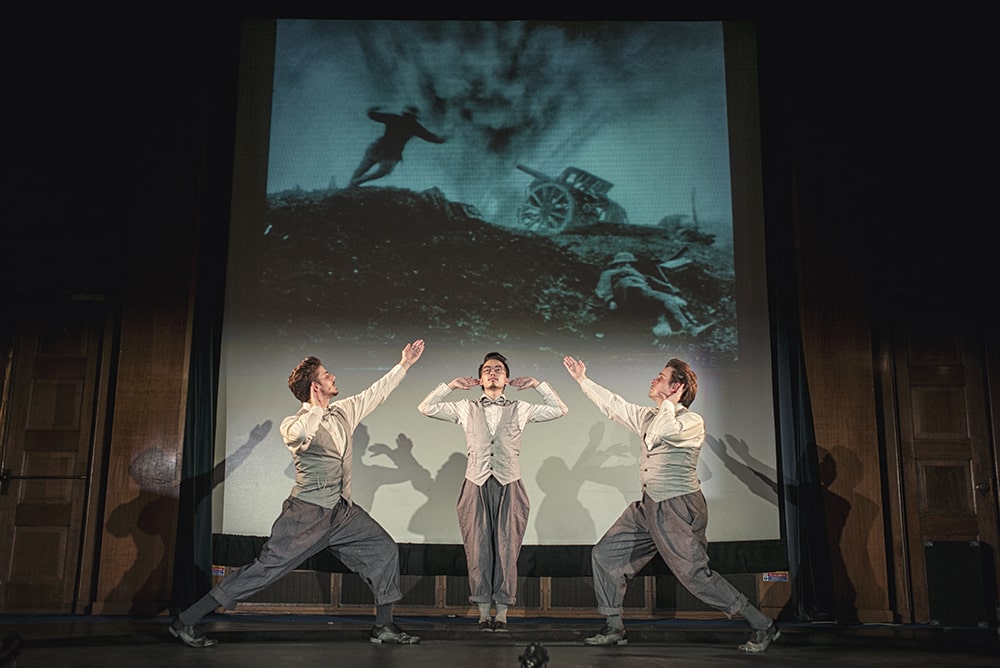
Credit: Sarah Lee
I loved tap dance the most because of my natural sense of rhythm. I could create a rhythm with my feet. I didn’t have to listen to the time, I could feel it.
I was fascinated with dance because it was another form of language that I could use to express myself and communicate freely, especially because I was late with speech. I can’t remember much about the communication side of dance class. It felt very natural. I found my way. I’d stand at the front so I could lipread the teacher. I was looking at the dance shapes. [...] It was a very visual way of learning. We did tap, modern and ballet, including ISTD grade work as well as dance festivals and competitions. I remember my first solo dance was a cowboy tap dance. I loved tap dance the most because of my natural sense of rhythm. I could create a rhythm with my feet. I didn’t have to listen to the time, I could feel it.
Deaf Men Dancing (DMD)
As a professional dancer, I have had many people ask me if I was the only deaf dancer in the UK. I’d think of Denny Hayward who was in Kate Prince’s company Zoo Nation. He was in Into the Hoods and Some Like it Hip Hop and has done lots of commercial videos with stars like Janet Jackson and Madonna. I knew there were deaf dancers around, but nobody really knew who they were and where they were. So, I thought, what happens if we all get together?
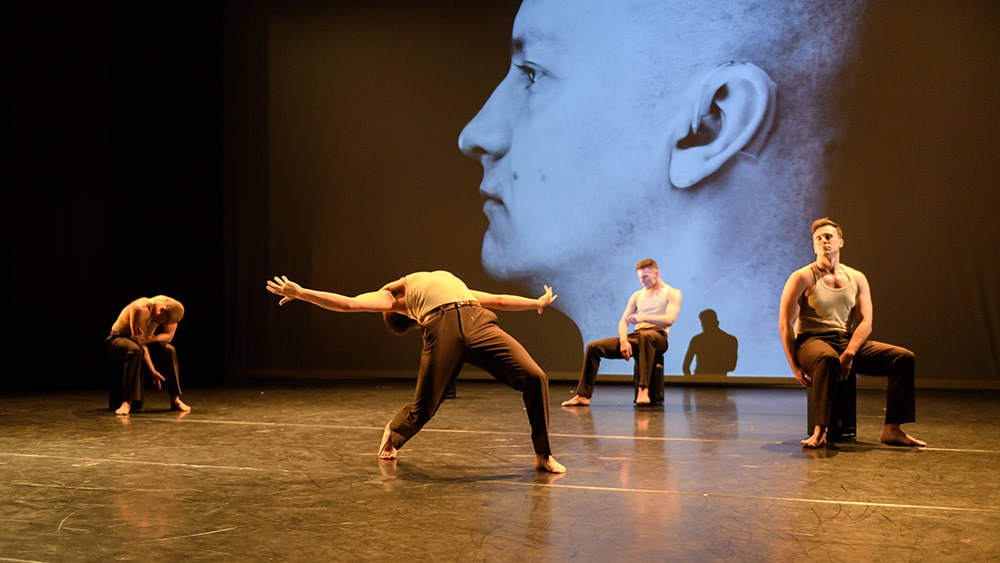
Credit: Jane Hobson
I contacted everybody and asked them if they fancied spending a week doing workshops and playing with ideas. They all said yes and were enthusiastic to take part. Millennium Performing Arts very kindly provided studio space for us to do workshops. I remember the very first introduction day. It was so inspiring to hear everyone’s stories. We learned one another’s styles of dance. Denny Haywood’s was hip hop, Joseph Fletcher’s was lyrical jazz, Kevin Jewell’s was contemporary, Anthony Snowden’s was commercial, and mine was more of a mix and match of contemporary and ballet.
I mixed all the styles up to create new work and I threw in sign language. I wanted to try it because using sign language is part of our identity, so why not use it in the choreography? It was a creative melting pot, blending hip hop, commercial, lyrical jazz, musical theatre and sign language and it became DMD’s style of work. I had been talking to people about it and they thought it was a great idea, asking if they could come and see the work performed. I then booked a little showcase to share the work. I invited people from East London Dance, Fuel Theatre, Sadler’s Wells, South East Dance, and Matthew Bourne came along. They loved it, so I thought there was potential. What began as a fun project then grew so much through word of mouth and bookings started coming in!
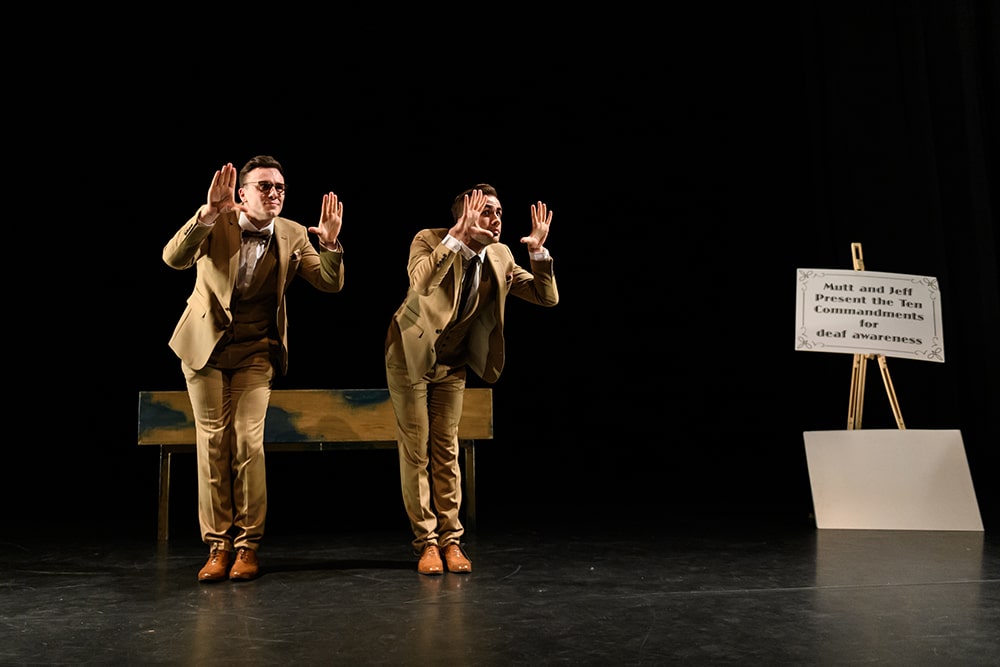
Credit: Jane Hobson
Work with the ISTD Disability Inclusion Think Tank
One reason why I am part of the ISTD’s Disability Inclusion Think Tank is to help look at making the ISTD grade work accessible for all children. We need to look at things like using simple wording along with videos with sign language, like BSL (British Sign Language) or SSE (Sign Supported English), to explain what you must do. Demonstrations on video worked very well for me. Interpreters and note takers may also be helpful.
Deaf dancers have to work twice as hard to get it right. When we’re on stage we are ready, we’ve done all that work in rehearsal, and we are way ahead because that is what we must do. I always tell young people to work twice as hard. It is worth it. Practice makes perfect. If you work hard you’ll achieve it in the end. You’ll feel good about yourself, and you will prove it to people – yes, I can do it!” It doesn’t matter what your background is or what your abilities are.
This article has been condensed and edited for length. Read the full interview in Issue #493 of Dance Magazine. Read more about our Disability Inclusion Think Tank and browse our free resources here.
Follow Mark and Deaf Men Dancing on:
Twitter: @marksmith_prod / @DeafMenDancing1
Instagram: @marksmithchoreographer / @deafmendancing
